Hi there, pet lovers! 🦙
Llamas (Lama glama) are among the most versatile domesticated animals in the world. Originating from South America, they have been bred for thousands of years as pack animals, fleece producers, and even guardians for livestock. Known for their intelligence, calm demeanor, and protective instincts, llamas are becoming increasingly popular not only with farmers but also with families who enjoy their unique personalities.
In this detailed review, we’ll explore everything you need to know about llamas—from their temperament and care needs to their roles as guardians, pack animals, and companions. Whether you’re running a farm, looking for livestock protection, or simply fascinated by these graceful creatures, this guide will help you understand if llamas are the right choice for you.
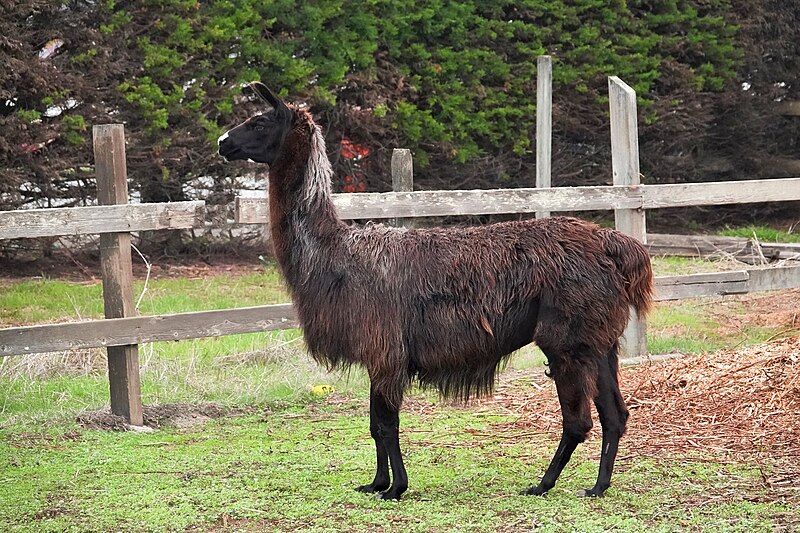
Overview
Llamas are large, domesticated camelids from the Andes, bred for work and utility. They are intelligent, hardy, and adaptable animals with a wide range of uses, from packing and fleece production to guarding herds. Here’s a quick summary of what makes them stand out:
- Handling and Temperament: Gentle, intelligent, and social but can be assertive when threatened.
- Care and Maintenance: Require yearly shearing, regular hoof and dental care, and quality diet.
- Health and Durability: Hardy animals but susceptible to parasites and heat stress.
- Availability: Widely available through breeders and farms, especially in North America and Europe.
- Cost: Moderate to high initial cost, with ongoing expenses for feed, veterinary care, and shearing.
- Overall: Excellent livestock guardians, strong pack animals, and unique farm companions.
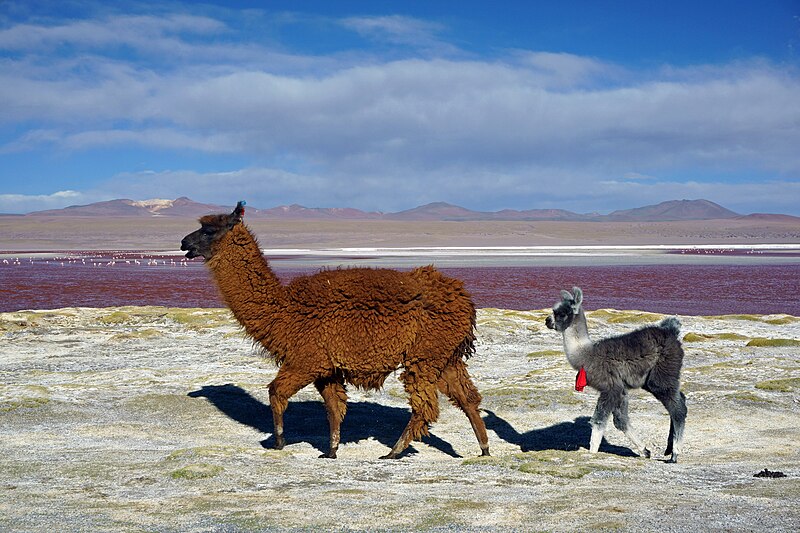
Why Choose a Llama?
Llamas are valued for their versatility. They are one of the few animals that can both protect other livestock and provide practical benefits such as fleece and packing ability. Their calm nature makes them suitable for therapy programs, petting zoos, and even family farms.
Historically, llamas were bred in the Andes for transportation and agriculture, capable of carrying 25–30% of their body weight (about 70–100 pounds) over long distances. Today, their roles have expanded, and they are widely recognized as:
- Guardians: Effective protectors for sheep, goats, alpacas, and poultry, known to ward off coyotes, wolves, and stray dogs.
- Pack Animals: Useful for trekking and camping, especially in areas where vehicles cannot reach.
- Fleece Producers: Their wool is lightweight, hypoallergenic, and warm, though usually coarser than alpaca.
- Companions: Intelligent, trainable, and often affectionate with humans.
With a lifespan of 15–25 years, llamas are a long-term commitment that can offer decades of benefits when properly cared for.
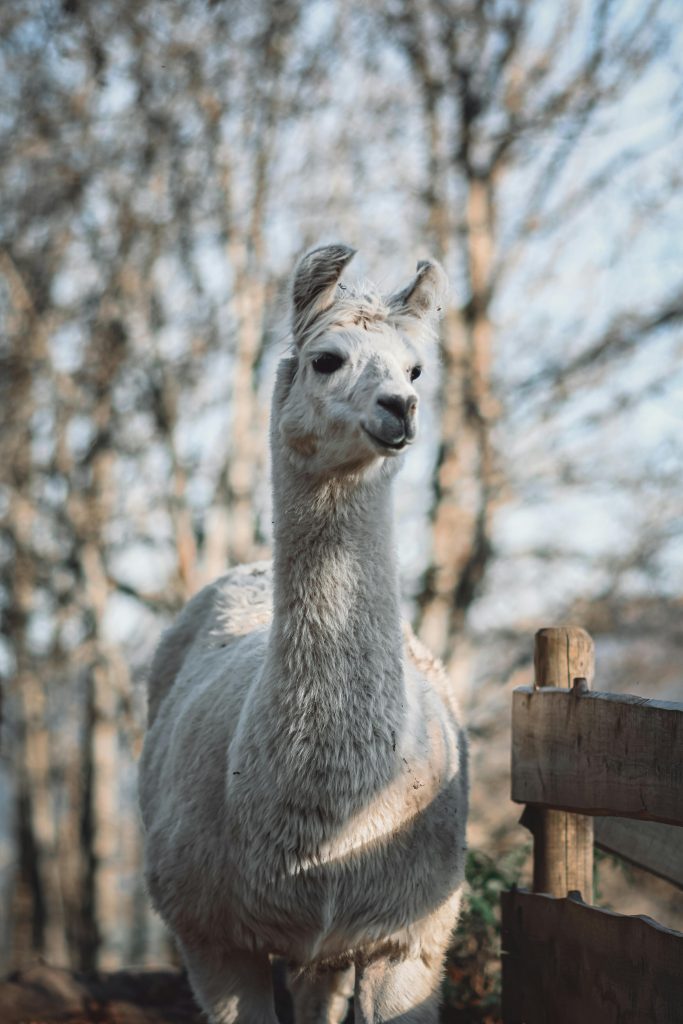
Handling and Temperament
Llamas are known for their calm yet watchful personalities. They are social herd animals and thrive in groups, especially when paired with other llamas.
Personality Traits
- Gentle but Assertive: Llamas are generally docile but will defend themselves and their herd when threatened.
- Protective Instincts: Guardian llamas instinctively confront predators by chasing, charging, or stomping.
- Intelligence: They quickly learn routines and can even differentiate between friendly animals and threats (for example, distinguishing between a farm dog and a coyote).
- Communication: They hum, whistle, and emit alarm calls when danger is near.
Handling Tips
- Llamas rarely bite, but they may spit as a defense mechanism. Spitting is usually directed at other llamas, not humans.
- Gentle halter training during youth (around 6–12 months) helps them grow into calm, cooperative adults.
- They are not typically cuddly pets but can form strong bonds with consistent and respectful handling.
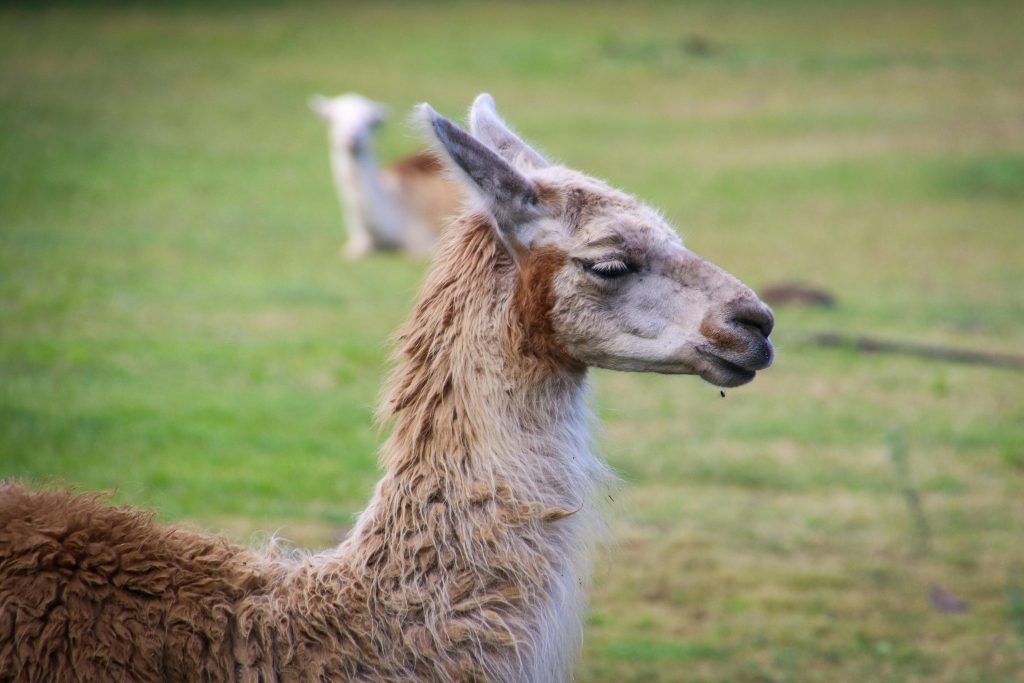
Care and Maintenance
While llamas are hardy and low-maintenance compared to many livestock species, they do have specific care requirements that must be met to ensure their health and well-being.
Housing and Enclosure
- Space Needs: A minimum of 1–2 acres of pasture per llama is recommended. They need open grazing space for exercise.
- Fencing: A 4–5 ft fence is sufficient, as llamas are not aggressive jumpers.
- Shelter: Provide a clean, dry shelter to protect them from wind, rain, and extreme temperatures.
Grooming and Shearing
- Shearing: Llamas must be sheared once a year to prevent overheating. Their dense fleece does not shed naturally.
- Toenails: Trimmed every 6–8 weeks to prevent overgrowth.
- Teeth: Their teeth grow continuously and may need occasional trimming.
Feeding
- Diet: Primarily grass hay and pasture grazing.
- Supplements: Require mineral mixes containing copper (safe for llamas but harmful to sheep).
- Water: Must have constant access to clean, fresh water.
- Grain: Optional but can be given in small amounts for working animals or pregnant females.
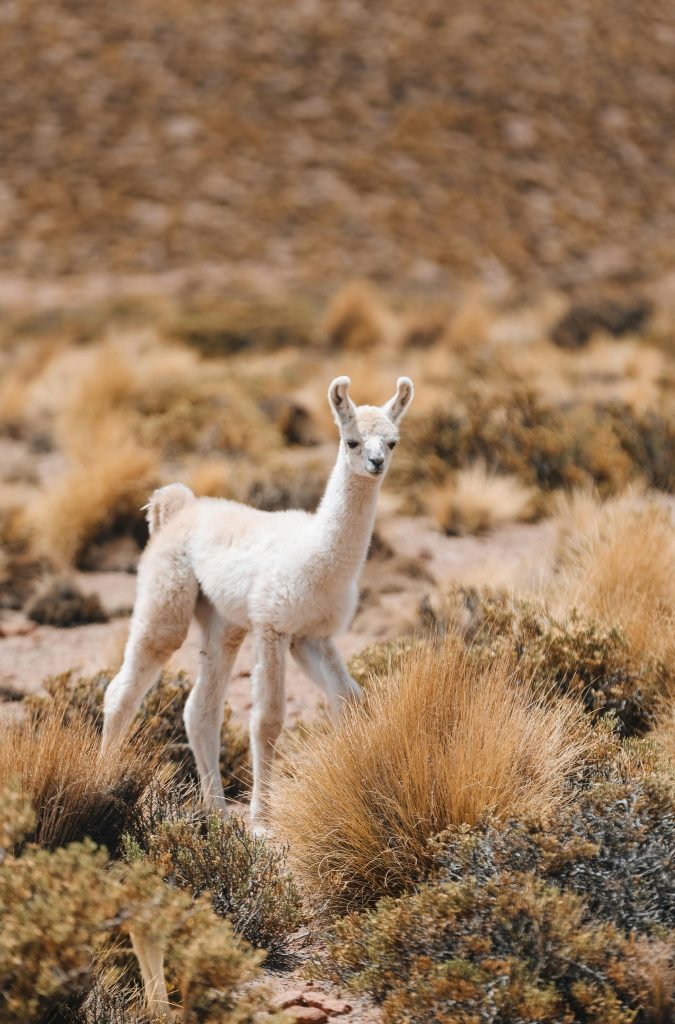
Health and Durability
Llamas are generally hardy but still require proper care and monitoring.
Common Health Concerns
- Parasites: Llamas can contract parasites from sheep and goats. Regular fecal checks are recommended.
- Heat Stress: Their fleece makes them prone to overheating in hot climates without shade and proper shearing.
- Injuries: Males may fight if kept together, leading to cuts or bruises.
Preventative Care
- Annual vaccinations and veterinary check-ups.
- Parasite prevention through regular testing and treatment.
- Clean, safe housing to minimize risks of illness.
With consistent care, llamas can live up to 25 years, making them one of the longest-lived farm animals.
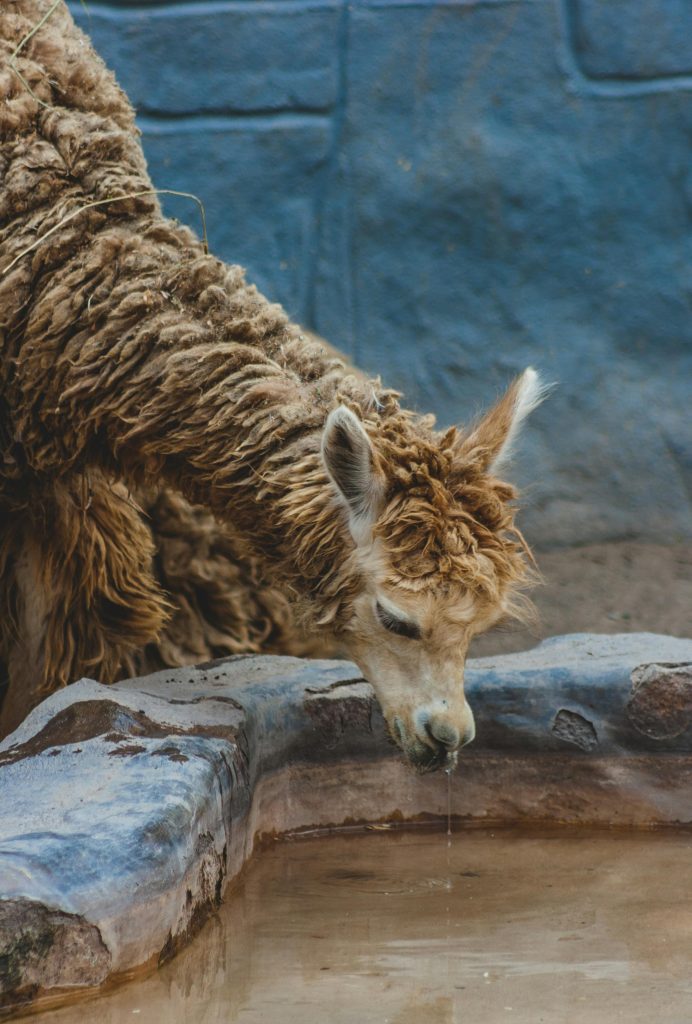
Availability and Cost
Llamas are increasingly available worldwide, especially in North America, Europe, and Australia.
Where to Buy
- Breeders: Best option for healthy, socialized llamas.
- Farms and Expos: Opportunities to meet animals and choose proven guardians or pack-trained llamas.
- Rescues: Some organizations rehome llamas in need of proper care.
Cost Breakdown
- Purchase Price: $500–$1,500 for common llamas; rare or trained llamas can cost $2,000–$5,000.
- Setup Costs: $500–$1,000 for fencing, shelter, and feeding supplies.
- Annual Costs: $300–$600 per llama for feed, veterinary care, and shearing.
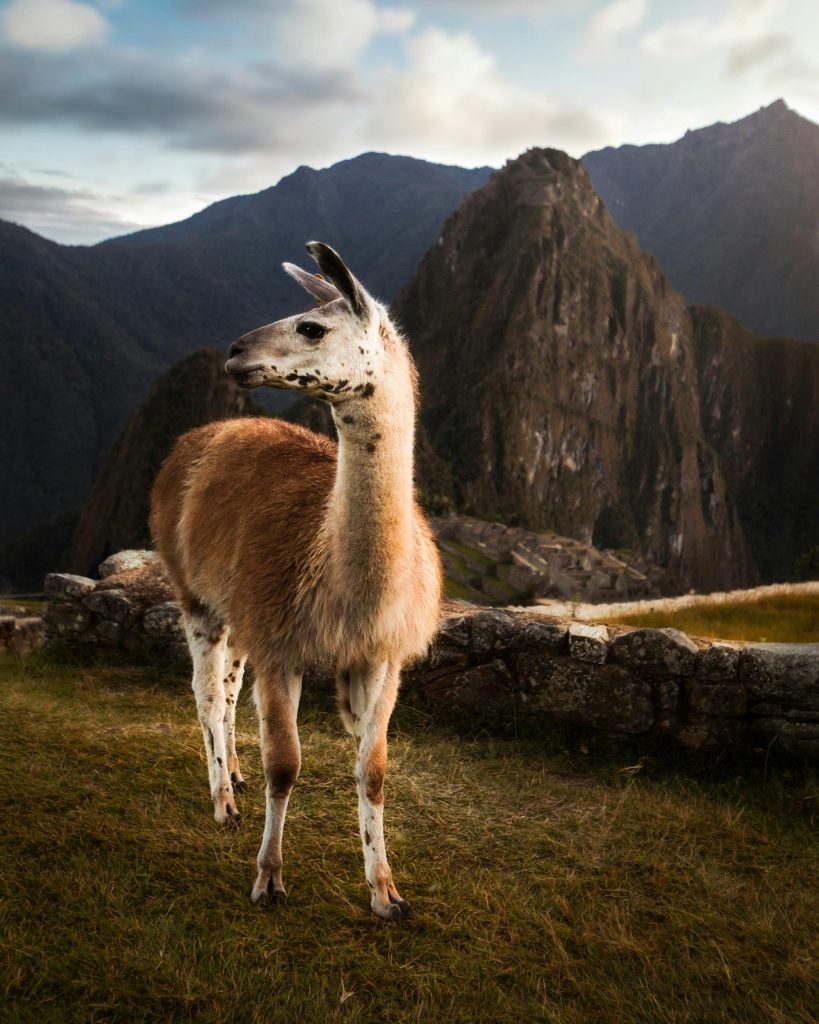
Pros and Cons
Pros
- Excellent guardians for livestock.
- Intelligent and trainable.
- Provide fleece, manure (as fertilizer), and packing ability.
- Long lifespan (15–25 years).
- Social and generally gentle.
Cons
- Require annual shearing and hoof/teeth care.
- Susceptible to parasites from other animals.
- Need same-sex pairs to prevent accidental breeding.
- Not suited as a single “companion animal” for non-llama livestock.
- Can spit or become territorial if mishandled.

Final Thoughts
Llamas are remarkably versatile animals that can serve as protectors, workers, and companions. Their intelligence, low-maintenance needs, and protective instincts make them an excellent choice for farms with sheep, goats, or alpacas. While they are not the cuddliest of pets, their unique personalities and usefulness more than make up for it.
For those willing to invest in proper care—annual shearing, routine health checks, and quality pasture—llamas can provide decades of service and companionship. They are graceful, hardy, and endlessly fascinating animals that continue to win over farmers, families, and animal lovers alike.
If you are considering llamas, we recommend starting with a pair from a reputable breeder. Meet them in person, learn about their background, and ensure they are suited to your specific needs, whether as guardians, pack animals, or fleece producers.
Have you worked with llamas before? Share your experiences and tips in the comments below—we’d love to hear your stories about these incredible animals! 🦙

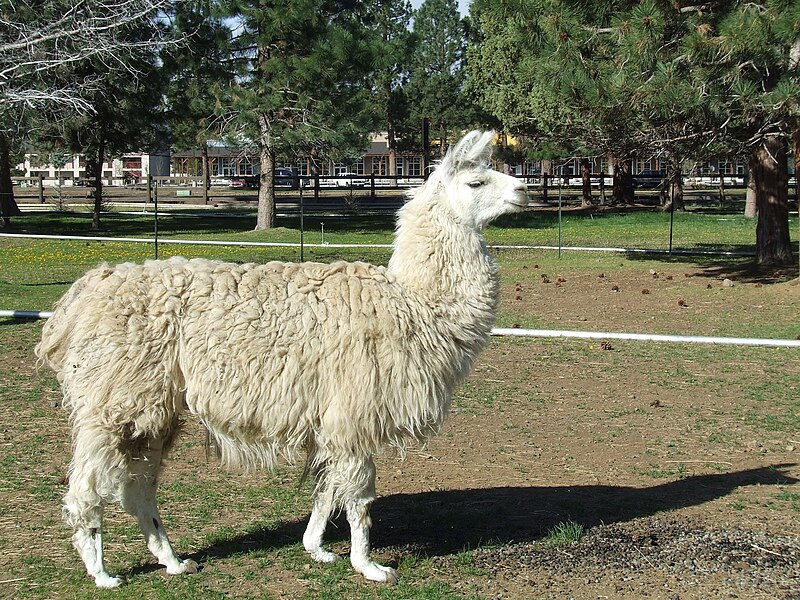



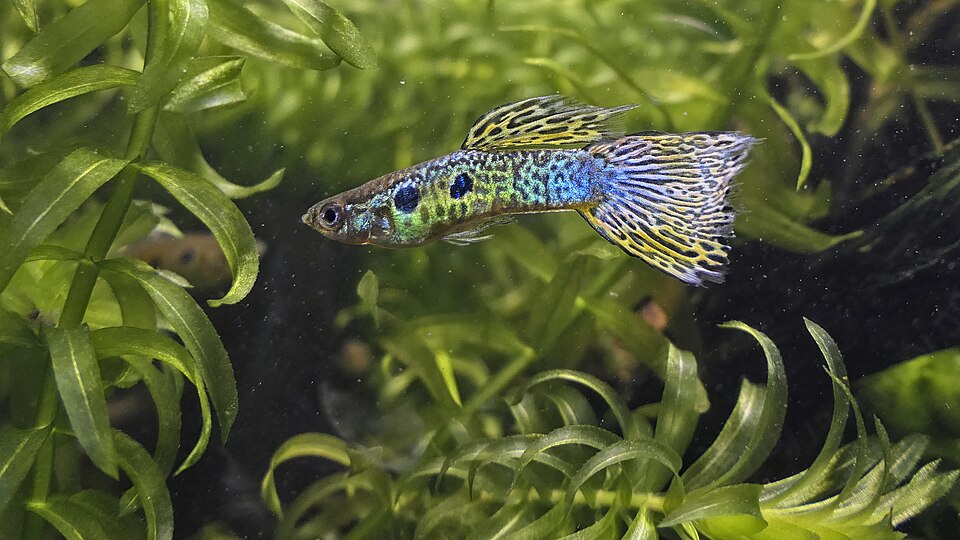


Leave a Reply